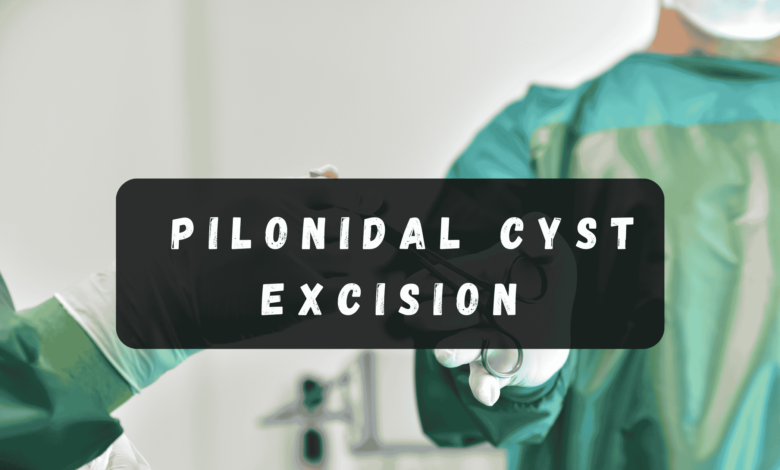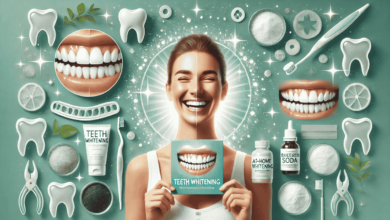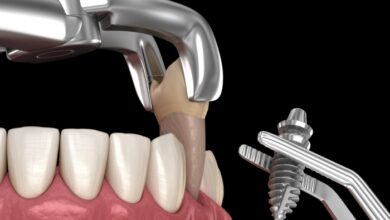Best Practices for Post-treatment Care Of Pilonidal Cysts

“Key highlights:
Proper care after excision of a pilonidal cyst ensures faster healing and reduces headaches. Following your doctor’s instructions, good hygiene, and regular follow-up are essential steps to a smooth recovery. Prioritize self-care to regain comfort and confidence.”
Undergoing a pilonidal cyst excision is a huge milestone closer to regaining a pain-free and comfortable lifestyle. However, the adventure does not prevent surgical treatment. The recovery section is similarly crucial, as proper follow-up care ensures faster recovery, minimizes complications and facilitates relapse prevention. In the hospital at Dr. Kamrava, we understand the physical and emotional challenges our patients face and are here to help you with powerful adherence care strategies.
Why is aftercare important?
While excision of pilonidal cyst and infected tissue, the surrounding area remains sensitive and requires attention for the most effective recovery. Without proper care, headaches can occur, such as infections, delayed recovery, or possibly recurrence. The effort you put into your post-surgery routine is as important as the system itself.
Following good hygiene practices, wound care and lifestyle changes create a great environment for healing. Patients who follow recommended aftercare recommendations regularly experience:
- Faster recovery instance
- Reduced threat of infections
- Fewer complications and recurrences
Immediate steps after pilonidal cyst excision surgery
1. Follow your doctor’s instructions
Your health care professional will provide you with precise aftercare instructions tailored to your unique case. These tips are designed to protect the surgical website and promote recovery. Make sure to clear all doubts and follow their recommendations strictly.
2. Basics of wound care
Proper wound care is essential to prevent infection and sell recovery:
- Keep your online surgery website smooth and dry.
- Change the dressings as directed by your doctor.
- Avoid applying tension or friction to the site.
3. Manage pain effectively
Mild to moderate pain after surgery is common. Take your prescribed or over-the-counter medicines as approved. Self-medication should be avoided as its incorrect use of medicinal products could affect healing.
Keeping up hygiene to prevent infections
Keeping it clear is one aspect of after treatment care. Here’s how to ensure proper hygiene:
A. Daily cleaning routine
Gently wash the surgical region with warm, soapy water. Do not scrub it aggressively; otherwise, the wound will worsen. Use a soft towel to pat dry or leave it in the air.
B. Prevent hair build-up
Pilonidal cysts often become enlarged due to trapped hair. Regular hair removal, consisting of shaving or using a hair removal cream recommended by your doctor, can help prevent recurrence.
C. Keep the area dry
Moisture can trigger a bacterial boom. After cleaning, make sure the area is completely dry before protecting it with a bandage or clothing.
Lifestyle modifications for speedy recovery

Post-healing care is not limited to checking the wound – it also includes making adjustments to your daily behavior:
I. Sit and move
Avoid sitting for a long time which can cause stress on the online surgery website. If sitting is important, use a padded cushion to minimize discomfort.
II. Light activity
Engage in gentle movement consisting of brisk walks to improve circulation and promote healing. However, avoid strenuous activity or heavy lifting until your health care provider gives the go-ahead.
III. A balanced diet
A weight loss nutritional plan performs a critical function in tissue repair. Vitamins and minerals help tissue repair and a balanced diet effectively supports it. Hydrate well enough to boost recovery.
IV. Wear loose clothing
Tight clothing can worsen surgery websites online. Choose breathable fabrics without fasteners to prevent chafing and enhance comfort.
Recognizing signs of complications
Even with excellent care, complications can often occur. Be alert and talk to your healthcare provider right away if you have the following signs and symptoms:
- Increased redness or swelling around the wound
- Persistent or worsening pain
- Unusual discharge or unpleasant smell from the wound
- Fever or chills
Quick intervention can prevent small problems from growing into extreme problems.
A long-term prevention strategy
Surgery solves this problem immediately, but it is important to take long-term preventive measures to prevent future occurrence of pilonidal cysts:
1. Regular hair removal
Hair accumulation is not an uncommon cause of pilonidal cysts. Regular disposal of hair from the affected area reduces the risk of recurrence.
2. Maintain a healthy weight
Increased body weight loads the lower back and helps form cysts. Reducing this risk is rich with food combined with exercise as a balanced diet and exercise make one maintain a healthy weight.
3. Follow proper hygiene
Consistent hygiene practices keep bacteria and various irritants at bay. Make cleaning the affected area part of your daily routine.
How we support our patients
In the sanatorium Dr. Kamrava, we prioritize the well-being of our patients for the duration of their healing adventure. Our complete aftercare services include:
Personalized wound care plans
- Regular monitoring – the United States of America reveals progress in the recovery
- Clear management of lifestyle adjustments and hygiene procedures
In providing compassionate and holistic care, we consider ensuring our patients are supported and empowered throughout their recovery. From solving your problems to making a sound recommendation, our team is dedicated to making your post-remediation experience as clean as possible.
Conclusion
Recovery after surgical excision pilonidal cyst requires a proactive and specialized technique. By following best practices for wound care, hygiene, and lifestyle modifications, you can achieve ideal healing and reduce the likelihood of recurrence. With the right care, you could hopefully look forward to a healthier, pain-free destiny.




